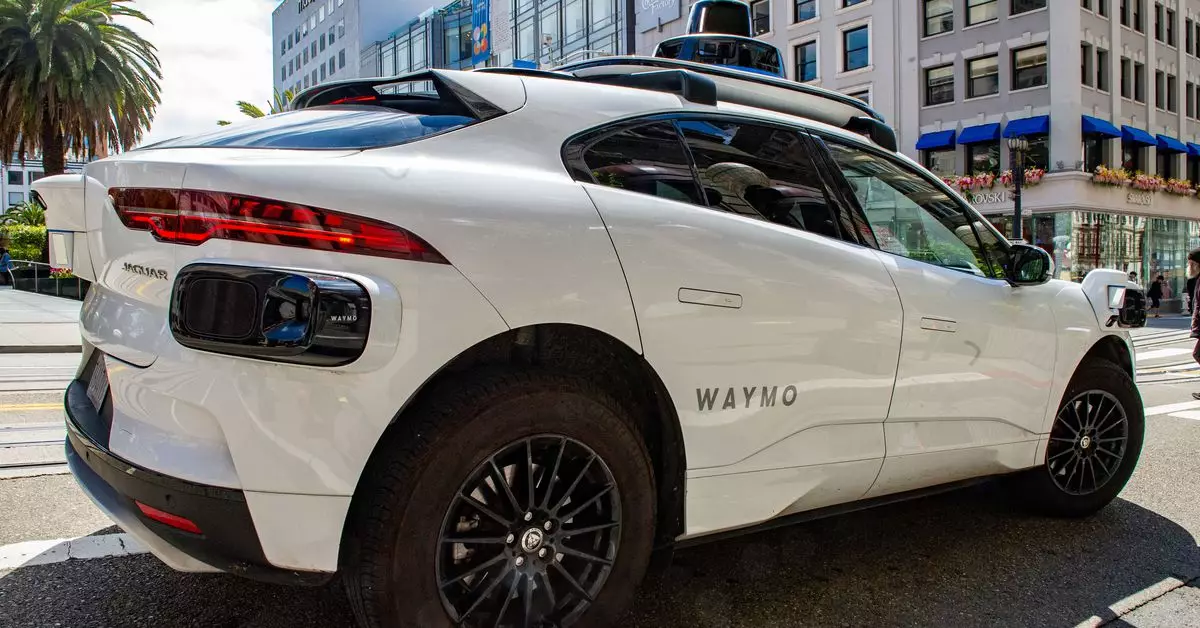Waymo, the autonomous vehicle subsidiary of Alphabet, is taking a significant step by entering the Japanese market for the first time, symbolizing a pivotal moment for the company. The organization will deploy a fleet of vehicles on the bustling streets of Tokyo, aiming to gather essential data about the unique challenges of urban mobility in a foreign landscape.
Waymo’s decision to engage in this venture is primarily data-driven, focusing on understanding the intricacies of Tokyo’s driving environment, such as left-hand traffic and the complex dynamics of its urban infrastructure. The initial phase will involve human drivers behind the wheel, allowing Waymo to gather critical mapping data in real-time. Approximately 25 vehicles are expected to arrive in early 2025, operated in collaboration with Nihon Kotsu, a local taxi fleet operator. This setup ensures that Waymo benefits from local expertise, a necessary factor given the complexities of Tokyo’s traffic system.
The concept of a “road trip” to obtain data may seem straightforward, but it represents a calculated move for Waymo. The company is laying the groundwork for what could potentially evolve into a robust robotaxi service tailored specifically for Tokyo’s urban environment. However, Waymo has made it clear that they are not rushing to unveil any operational service just yet. Sandy Karp, a spokesperson for Waymo, emphasized a cautious approach, showcasing the company’s intent to absorb and adapt to the local transportation landscape before fully launching their services.
The collaboration with a popular local taxi app, GO, denotes a significant strategy for Waymo. It suggests an inclination towards embedding its technology within an established mobility framework in Japan, much like it has begun doing in the United States through partnerships with ride-hailing giants like Uber in cities such as Austin and Atlanta. This collaborative approach may expedite the introduction of Waymo’s services and cultivate a localized operational strategy, emphasizing cooperation rather than competition.
Despite the slow growth of Waymo’s robotaxi services domestically, with a fleet of around 700 vehicles and operations spread across major cities, the company is positioning itself to expand thoughtfully in Japan. The introduction of new services in cities such as Atlanta and future plans for Miami in 2026 illustrate Waymo’s commitment to preceding its operations thoughtfully while capitalizing on existing relationships and market demands.
As Waymo embarks on this journey, it faces numerous challenges typical of entering a new market. Navigating complex regulatory frameworks, understanding local consumer behavior, and competing with established local players will require a nuanced strategy. Moreover, as Waymo explores possible transitions to more autonomous solutions—with safety drivers supervising the algorithms—the company must demonstrate its technology’s reliability and safety to both regulators and the public.
The introduction of geofencing measures in certain neighborhoods, such as Minato, Shinjuku, and Shibuya, showcases a strategic decision to control operational parameters initially. This approach may help build trust and establish a safety-first reputation among local users and officials. Yet, the transition towards fully autonomous operations remains uncertain, as Karp has not committed to a timeline for achieving fully driverless services.
The Landscape of Autonomous Mobility: Looking Beyond Japan
The decision to venture into Japan comes at a crucial time, particularly as other major firms rethink their autonomous vehicle programs. Companies like General Motors are pulling back on ambitious robotaxi initiatives, pivoting to developing driver-assist technologies instead. In contrast, Waymo’s move to deploy vehicles in Japan reflects a bold confidence in its technology, aiming to cement credibility amidst a changing global narrative on autonomous driving.
While Japan’s automotive companies like Toyota and Nissan are exploring robotaxi services, they focus their testing efforts abroad, predominantly in markets that present clearer paths to success, such as China. This shift highlights the competitive landscape that Waymo must navigate as it attempts to leverage its advancements in technology while adapting to the subtleties of the Japanese market.
As Waymo sets off on this ambitious road trip, the implications extend beyond Tokyo’s streets, offering insights that could shape the future of autonomous driving not only in Japan but around the world. The lessons learned and data collected during this expedition may provide critical insights that inform the next phases of Waymo’s global strategy, potentially repositioning it as a leader in international markets.


Leave a Reply